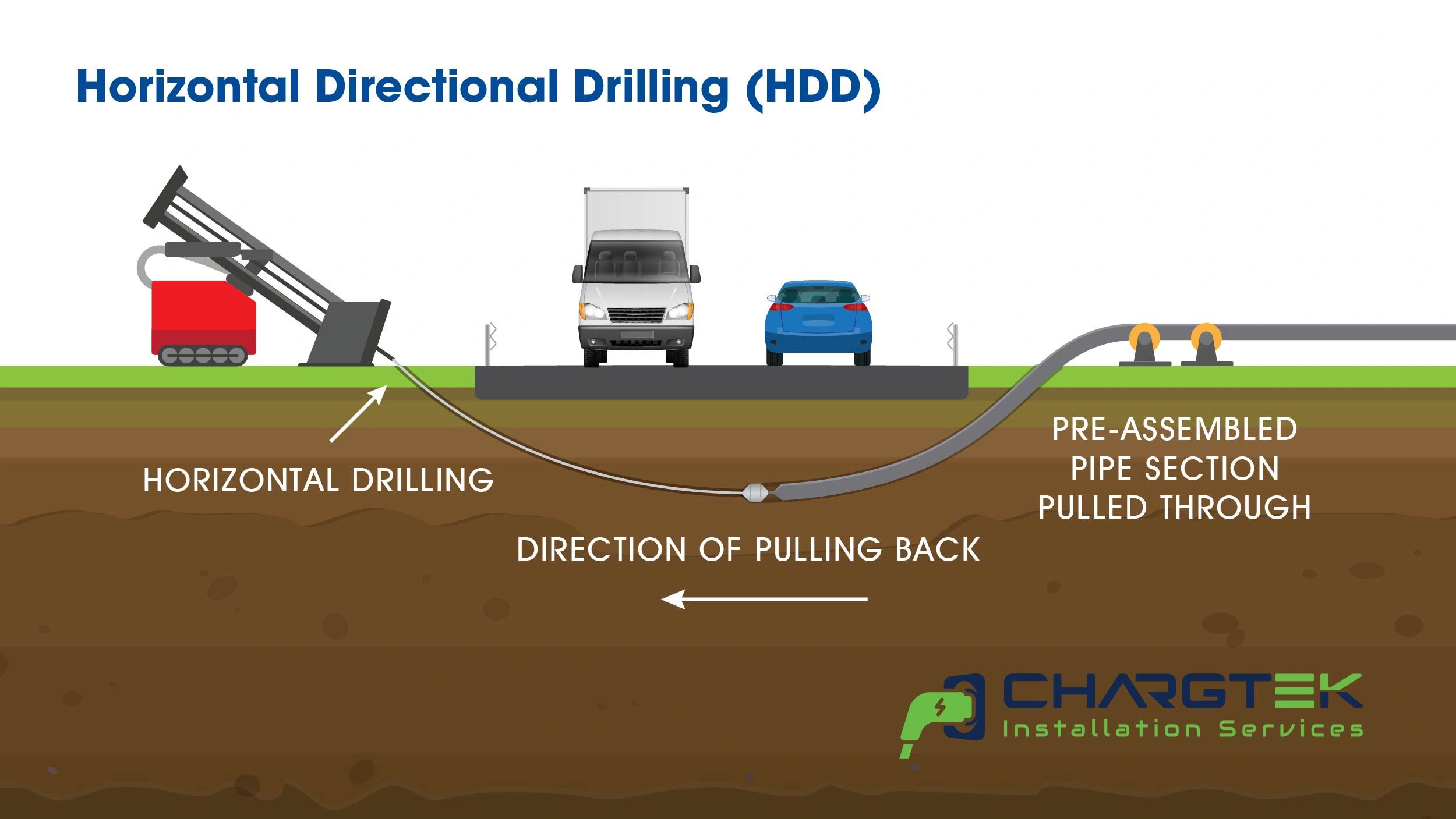The practice of directional drilling has emerged as a groundbreaking technique in the world of subsurface exploration and utility installation. Unlike standard vertical drilling, directional drilling allows operators to bore at different angles to reach targets that are otherwise hard or not feasible to access. This novel approach not only improves efficiency but also lessens the impact on the surface environment, rendering it a favored option for numerous sectors. As urbanization continues to expand, the need for state-of-the-art drilling techniques has become increasingly essential, driving the progression of this essential technology.

In this article, we will examine the developments and methods shaping the directional drilling revolution. From grasping the principles of directional drilling to analyzing its specific applications in the oil and gas industry, utilities, and sustainable energy, we will provide a comprehensive overview. We will also highlight the benefits of this method compared to traditional drilling, analyze the technology behind it, and discuss the future innovations that promise to further enhance its capabilities. Join Directional Drilling Dublin Ireland as we navigate the complexities of directional drilling and discover why it has established itself as a key component of modern infrastructure development.
Understanding Directional Boring
Directional boring is a cutting-edge method that facilitates the drilling of wells at various orientations instead solely vertical. This method enables users to target objectives that are not directly under the boring equipment, making it a flexible method for reaching subsurface materials more efficiently. Directional boring is vital in fields such as energy, public services, and clean energy, where accurate bore paths can lower costs and ecological footprint.
This method has developed substantially since its introduction, integrating cutting-edge tools and methods that enhance boring exactness and performance. With the ability to bore sideways, users can maneuver through barriers, reduce the number of surface locations needed, and lessen impact to the environment. Understanding the evolution of directional boring systems provides insight into how this method has changed resource extraction and infrastructure development.
In addition, directional drilling is distinguished by its diverse uses, ranging from improving energy retrieval to facilitating utility installations and renewable energy operations. All purpose employs tailored techniques tailored to the particular requirements of the environment and the intended results. As the sector continues to evolve, the techniques and systems employed in directional boring are poised to additionally revolutionize how we conduct subsurface research and building.
Benefits of Horizontal Drilling
Horizontal drilling offers significant advantages over traditional vertical drilling methods, particularly in terms of efficiency and cost-effectiveness. By allowing for angled boreholes, directional drilling reduces the distance to the target site, which can lead to reduced drilling durations and decreased costs. This effectiveness is especially important in sectors such as oil and gas, where rapid access to resources can have a significant impact on profitability.
Another key advantage is the minimization of ground disruption. In contrast to traditional drilling, which often necessitates large-scale removal of land, directional drilling can navigate around barriers and avoid sensitive areas. This is especially valuable in city settings or ecologically sensitive locations where protecting the landscape and minimizing disturbance is crucial. As a result, less materials are needed for land restoration, and the overall environmental impact is significantly reduced.
Moreover, horizontal drilling enhances project versatility by enabling access to formerly unreachable areas. This technique facilitates for the installation of utilities and pipelines in various terrains, avoiding the difficulties posed by environmental barriers. With its ability to adapt to various environments and conditions, horizontal drilling plays a critical role in modern infrastructure development, making it an indispensable technique in the industry.
Emerging Advancements in Directional Borehole Technology
The prospects of directional drilling is positioned to be defined by groundbreaking innovations that enhance productivity and accuracy. State-of-the-art technologies, such as artificial intelligence, are being integrated into drilling systems to enhance effectiveness during well planning and execution. These systems enable operators to process vast amounts of data for real-time adjustments, considerably minimizing downtime and increasing overall productivity.
Automation will also be essential in the evolution of directional drilling. The introduction of robotic drilling rigs and smart sensors can streamline operations and reduce the need for manual intervention. This transition towards automation not only enhances safety by diminishing the chance of human error but also allows for more challenging drilling projects to be carried out with certainty, especially in difficult environments.
Furthermore, as the world progressively focuses on sustainability, directional drilling is poised to support the move to greener infrastructure. Advancements in drilling substances aim to reduce environmental effects while preserving efficiency. With a concentration on reducing surface disruption, directional drilling will persist as a key player in urban development, utility installation, and renewable energy applications, aligning with global efforts to build more eco-friendly and robust communities.
